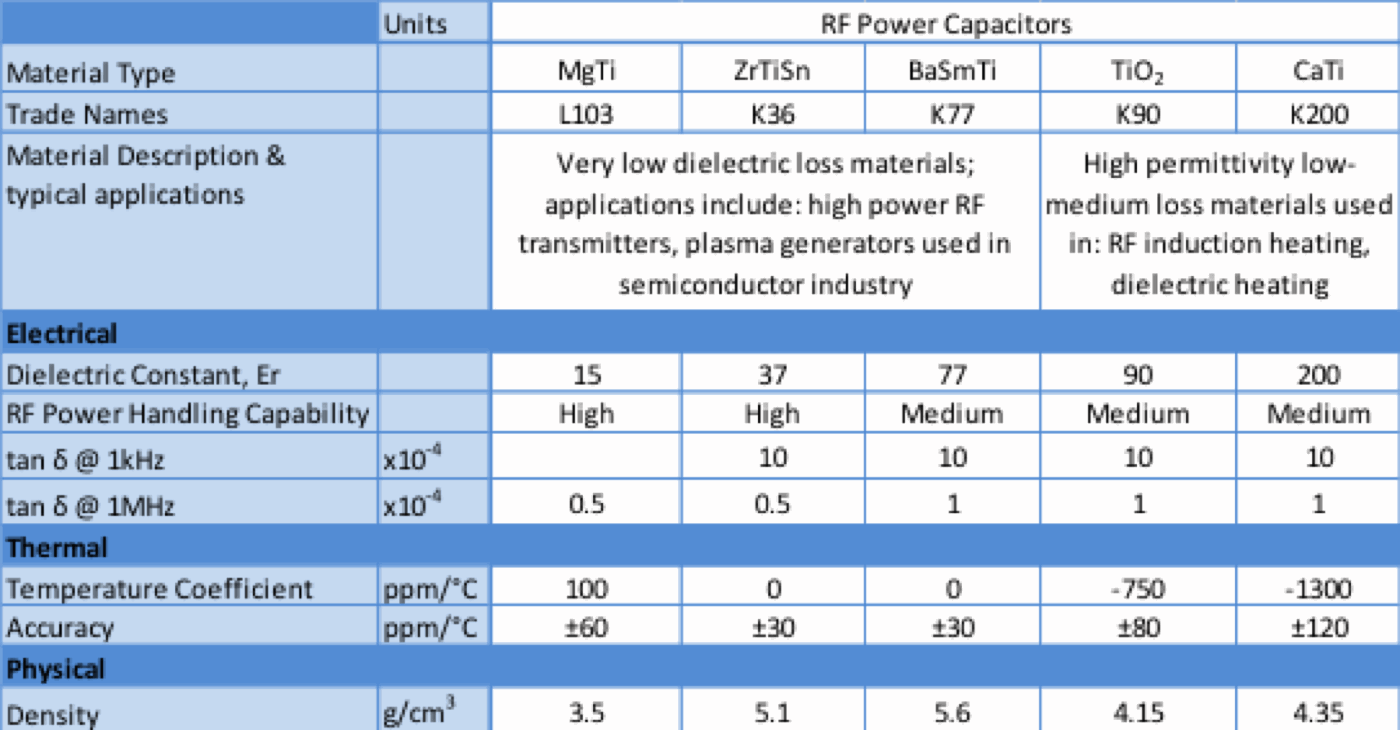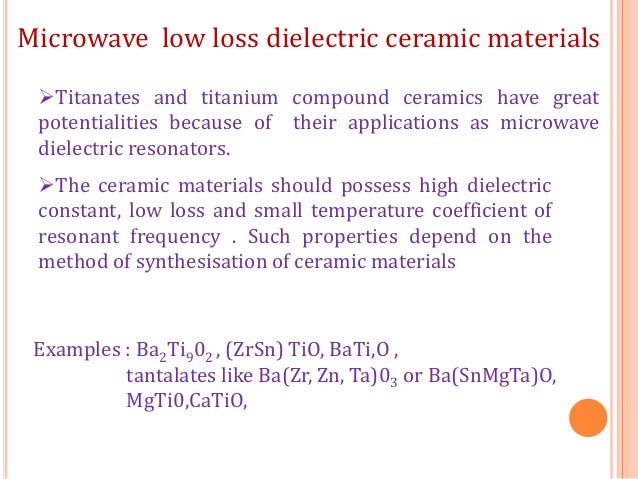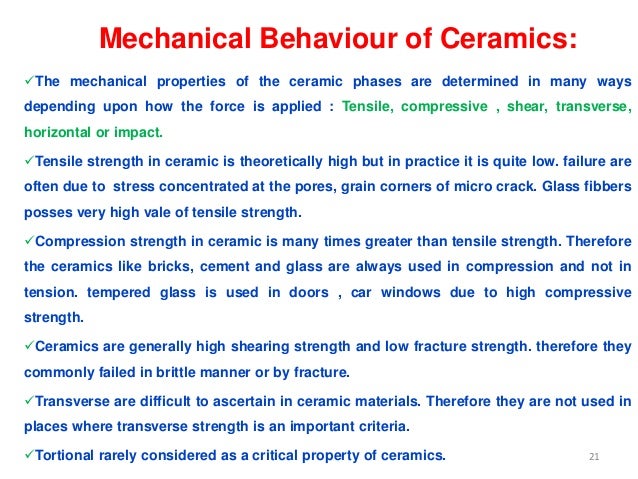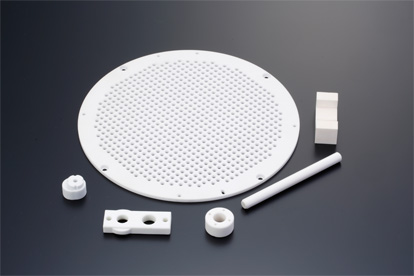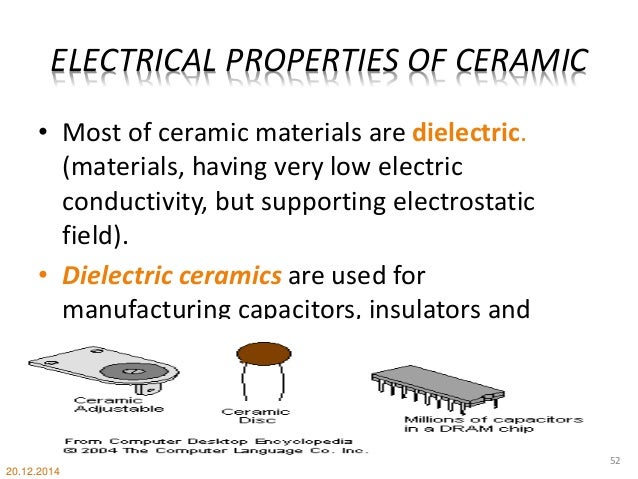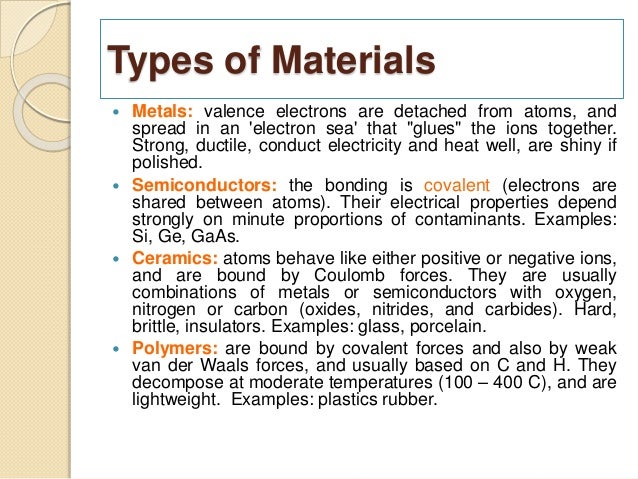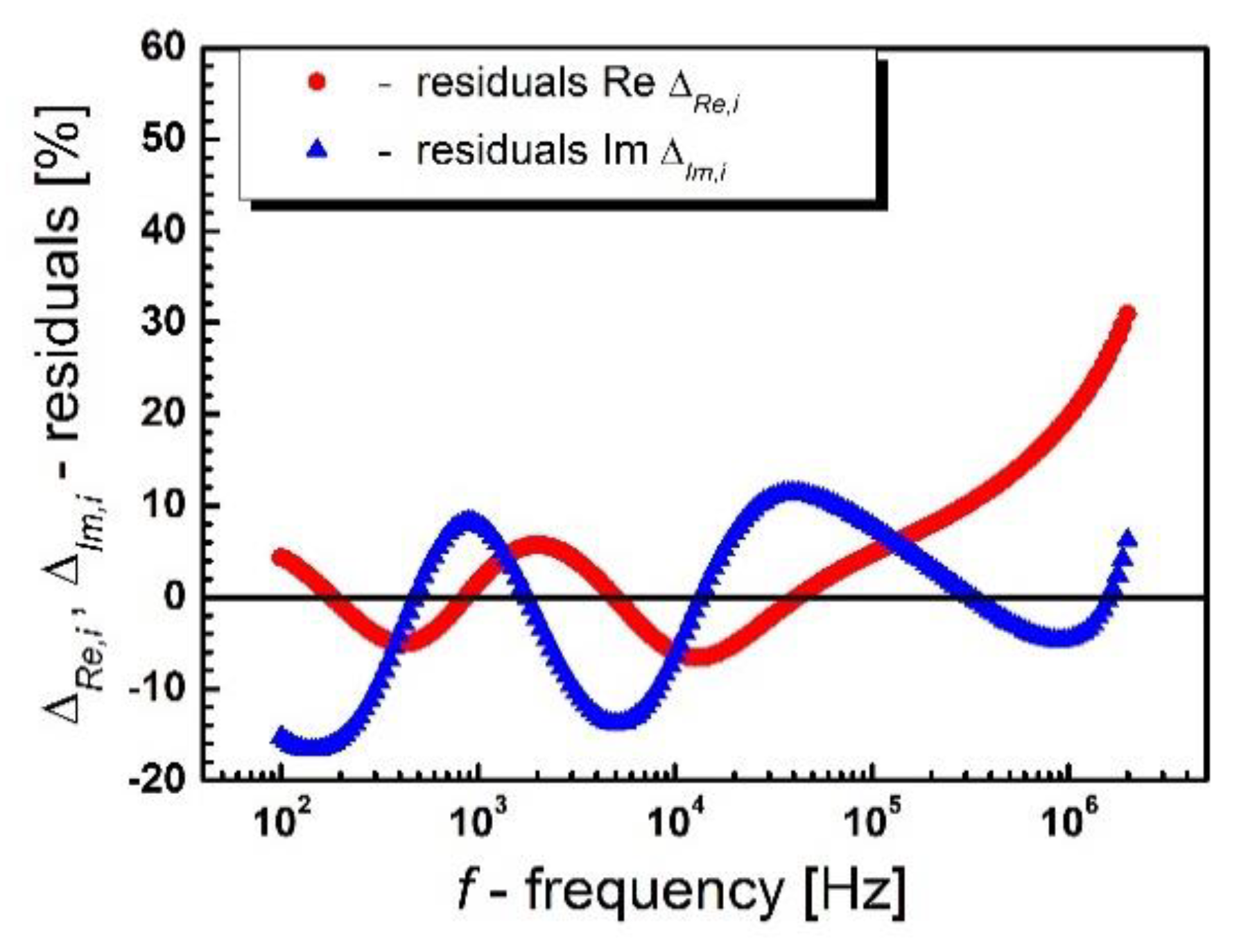Low Loss Dielectric Ceramic Materials And Their Properties

The material chosen for the buffer layer is a dielectric such as ptfe polypropylene silicone or polyamide.
Low loss dielectric ceramic materials and their properties. The microwave dielectric properties of some typical low loss dielectric ceramics candalo4 ba mg1 3nb2 3 o3 ba zn1 3nb2 3 o3 ba4sm9 33ti18o54 ca0 71nd0 26tio3 and srtio3 were evaluated at. A lower dielectric loss tangent of about 0 001 0 002 is observed in the aln ceramic than in the si 3 n 4 ceramic. Ceramic international 40 14655 14659. List of low loss ceramic dielectric materials and their properties abbreviations.
In addition to the constant demand of low loss dielectric materials for wireless telecommunication the recent progress in the internet of things iot the tactile internet fifth generation wireless systems the industrial internet satellite. These materials all have low dielectric loss in common which prevents them from heating in the rf field. These dielectrics also tend to have high breakdown voltage limits as well. This indicates a better transparency to thz radiation.
List of low loss ceramic dielectric materials and their properties. In this review the data for all reported low loss microwave dielectric ceramic materials are collected and tabulated. Additionally their high frequency and thermal performances are compared with the other substrate material options such as high sintering temperature ceramics and polymers and further improvements in materials. The commercially available ltccs low loss glass phases and researched novel materials are listed with properties and references.
Proceedings of ieee international conferenceon properties and applications of dielectric materials 2 757 760. Properties of microwave ceramics depend on several parameters including their composition the purity of starting materials processing conditions and their ultimate densification porosity.
